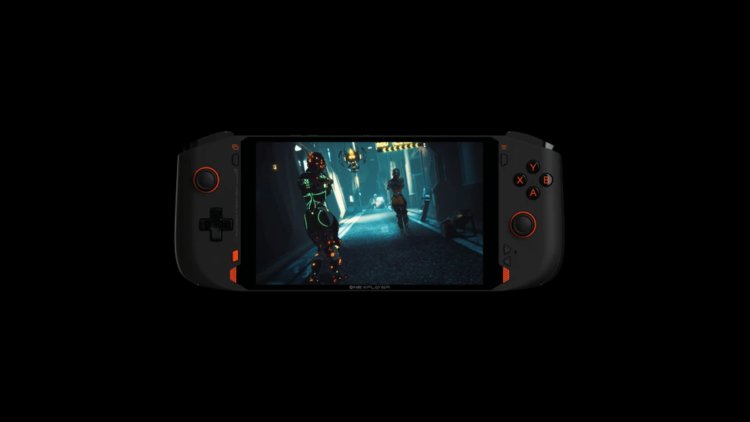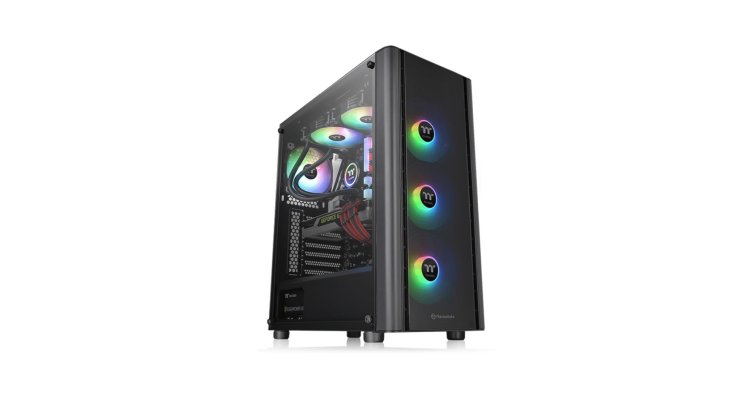ONEXPLAYER Mini is updated: AMD Ryzen 7 5800U

Following the recent upgrade of the AyaNeo Next, the One-Notebook has now announced the release of a new edition of its latest portable console, the ONEXPLAYER Mini, which has been updated to AMD processors. As a result, the new ONEXPLAYER Mini AMD will include a Ryzen 7 5800U CPU with 8 cores and 16 threads and a clock speed of up to 4.4 GHz. This APU includes AMD Radeon Vega 8 graphics with a clock speed of up to 2 GHz.
It represents a fundamental leap from the original console, which was released a few months ago and was outfitted with Intel Core i7-1195G7 CPUs. Apart from the "heart" update, the remainder of the characteristics will remain the same, displaying a 16 GB RAM memory and up to 2 TB of internal storage. All of this is contained within a device measuring 262 x 108 x 23 millimeters and weighing 589 grams, with a 7-inch IPS LCD touch screen with a resolution of 1920 x 1200 pixels and fixed drivers on the sides.
However, it appears that this new edition will have a new screen option with a resolution of 1280 800, a "downgrade" of its screen that is certainly aimed at positively lowering its price, which is one of the main reasons against this console.
However, as Lilliputing points out, none of the up to six varieties of the ONEXPLAYER Mini AMD Edition can be deemed cheap, with costs remaining relatively high:
- HD screen with 16GB of RAM and 512GB of storage, ( approximately $ 840 )
- HD screen with 16GB of RAM and 1TB of storage, (approximately $ 890 )
- HD screen with 16GB of RAM and 2TB of storage, (approximately $ 1050)
- FullHD screen with 16GB of RAM and 512GB of storage, (approximately $ 890)
- FullHD screen with 16GB of RAM and 1TB of storage, (approximately $ 930)
- FullHD screen with 16GB of RAM and 2TB of storage, (approximately $ 1100)
It is worth noting that the release of this new ONEXPLAYER Mini AMD Edition comes less than a week after Valve officially launches its Steam Deck console, which is currently the only product of its kind with RDNA2 graphics architecture. Although, as previously said, the large price disparity appears to be one of the most decisive variables.





























